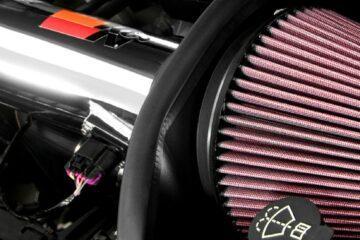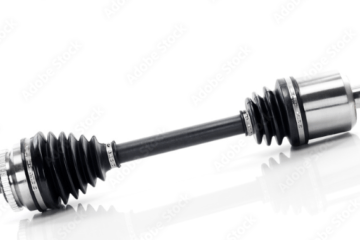Road trip season is here, and if you’re anything like me, you’ll want to get to your destination without breaking down. After all, few people want to spend their vacation in a roadside ditch or at the mercy of a unknown out-of-town repair shop. Someone recently asked me what they should do to prepare their 20 year old car for a long summer road trip. As always, an ounce of prevention will save you a pound of aggravation further up the road.
Just because a car is old doesn’t mean that it has to be unreliable. People seem to be more willing to skimp on preventive maintenance when they’re sticking closer to home, but are understandably less willing to do so when traveling longer distances. In order to make those long distance trips uninterrupted, you’re going to want to look at some common roadside failure items.
First off, check your tires. If they’re worn, evenly or not, it’s a good time to get them replaced and to think about having an alignment done. If your tires are in good condition, make sure to checadjust pressure as necessary. Next, take a look at your cooling system. Look for telltale signs of weakness. If you see any coolant leaking or dripping, it’s time to repair or replace that hose, flange, or other component. Look for signs of crusty, dried coolant around hose connections. These often indicate an old hose that probably should be replaced just for safety due to age.
Once you’ve checked on tires and coolant, inspect all your belts. While you’ll get to your destination (perhaps a bit sweaty) with a broken A/C compressor belt, your alternator belt will leave you stranded in short order if it breaks and you run down your battery. If your water belt is driven by an accessory belt, you’ll have even less time to act if that belt breaks on the road. Last, but definitely not least, check your maintenance records and find out whether or not your timing belt is due for replacement. Depending on your engine, a broken timing belt can lead to a very expensive engine rebuild or replacement.
Along those lines, it’s also a good time to check the level and condition of your transmission fluid, and to service the transmission if necessary. All of this should keep you rolling, but don’t forget to check your brakes, too. You’ll want to be able to stop once in a while, too.
As for your air conditioning, give it a test run before the trip. If it needs to be serviced, the best time to do it is before you hit the road. Bottom line, though, there’s no reason to worry about the reliability of an older car so long as you stay on top of basic maintenance.



